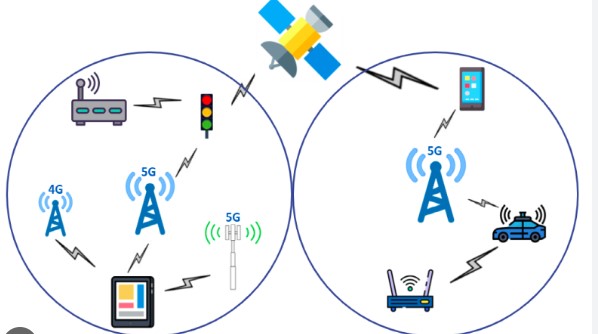Introduction: As our global connectivity continues to expand, the need for swifter and more dependable communication infrastructures is escalating. The forefront of wireless technology now features 5G networks, which hold the pledge of delivering unprecedented speeds and heightened dependability. At the heart of 5G networks lies a pivotal element known as the 5G NR Soft Demapper. In this piece, we will delve into its definition, functionality, and significance.
What is 5G NR Soft Demapper?
5G NR Soft Demapper is a signal processing technique used in 5G networks to decode and demodulate incoming data. When information is sent through a wireless network, it undergoes modulation and encoding procedures to guarantee accurate transmission through the airwaves. The soft demapper is the component responsible for decoding and demodulating the signal.
How Does 5G NR Soft Demapper Work?
When sending information over a wireless network, the first stage involves utilizing Quadrature Amplitude Modulation (QAM), which is a particular method. This modulation procedure converts the digital data into an analog signal, rendering it appropriate for broadcasting through the airwaves. Subsequently, this modulated signal is sent to the recipient, where it undergoes decoding and demodulation using the 5G NR Soft Demapper. You May Also Like To Read Should I Answer 7032602358
The soft demapper works by using a mathematical algorithm to decode and demodulate the incoming signal. The algorithm considers various factors such as signal strength, background noise, and any disturbances to ensure the precise decoding of the signal. After successfully decoding the signal, it gets forwarded to the subsequent component within the network for further processing and subsequent transmission.
Why is 5G NR Soft Demapper Important?
The 5G NR Soft Demapper is an essential component of 5G networks because it ensures that data is transmitted accurately and reliably. In the past, wireless networks have struggled with interference and noise, leading to errors and dropped connections. With the soft demapper, these issues are minimized, allowing for faster and more reliable communication.
Another important aspect of the 5G NR Soft Demapper is its ability to adapt to changing network conditions. As wireless networks become more complex and dynamic, the soft demapper is able to adjust its decoding and demodulation algorithms to ensure optimal performance. This adaptability is crucial for maintaining network reliability and performance in a rapidly changing technological landscape.
Conclusion
The 5G NR Soft Demapper is a crucial component of 5G networks, responsible for decoding and demodulating incoming data to ensure accurate and reliable communication. Its ability to adapt to changing network conditions and minimize interference and noise makes it an essential tool for delivering fast and reliable wireless communication. As 5G networks continue to evolve and expand, the importance of the 5G NR Soft Demapper will only continue to grow.

